Hacking for Hunger? There's An App for That!
Reprinted from Huffington Post, 10/16/2012
One of the most beloved companies to be birthed in Seattle was Home Grocer. You ordered groceries on the internet and a great delivery person arrived, leaving them on your kitchen counter. The produce was beautiful and nutritious. Sadly after trying to expand too quickly in the first dot com era the company and its peach logo became but a nostalgic memory.
Fast forward a decade -- that's five or more lifetimes in technology -- and think about the opportunities the net and mobile phones present. Besides groceries, this technology has the potential to help farmers in developing countries decide what crops to plant, when to plant, and when to harvest. Keeping more people from going to bed hungry each night and preventing kids' growth stunted forever because of lack of critical nutrients. Smart apps could help entrepreneurs to identify simple ways to fill nutritional gaps using basic foods, much like we did in adding Vitamin D to milk in this country. And it can help governments better understand the opportunities for policy improvements that could lead to long term food production yields.
That's why the U. S. Agency for International Development (USAID) launched the Food Security Open Data Challenge earlier this year. We wanted to encourage and support entrepreneurs from around the world in developing these kinds of apps. While we knew that there were programmers out there with the technical skill to build such apps, we also realized that USAID's food security experts could help point them to some great open-source datasets to use in building their apps.
The use of open data is key. Open data can help keep the price of the final products more affordable while still bringing together large quantities of diverse data. In fact, the Food Security Open Data Challenge is just the latest demonstration of USAID's participation in the U.S. government's Open Data Initiative, an effort to make government information more widely available, accessible and citizen-friendly, whether through mobile phone apps or other tools.
Think about what has happened since the U.S. government released its GPS data. Last year alone,$90 billion of economic activity was unleashed as a result. Think about all the ways we use GPS -- cars, phones, maps. All the new companies that were birthed as a result. Our hope is that by working to release or get released as much Ag data as possible, a similar private sector and jobs explosion in the marketplace here and abroad can happen.
We start with an Ideation Jams, or brainstorming sessions. What is there and what could people do with it? USAID held its first hackathon, reaching out to people from the world to devote a weekend to writing code non stop. We called it USAID's Hacking for Hunger, an online and in-person mashup of volunteer programmers, designers, storytellers and development experts, Hacking for Hunger brought together participants from five countries working around the clock the weekend of September 14-16.
The final results were impressive. They included:
- A website by Sonjara, that links the importance of nutrition to local farming practices. Partnering with the Helen Keller Foundation, they built a recommendation tool using weather, soil, and nutrition open data sets that suggest plants to farm which can provide the nutrients known to be lacking in local communities.
- A tool jointly developed by the Grameen Foundation and Palantir Technologies that analyzes data such as farmer feedback, weather, soil, and market prices to give real-time disease alerts and make suggestions for farming best practices in Uganda.
- PineApple Project, an app originally launched during the NASA Space Apps Challenge, took a great next leap. It can help rural farmers and policy makers decide what crops to plant and where to plant them. Thanks to Hacking for Hunger, PineApple Project was able to refine and expand its food and farming database with open data sets such as weather, soil PH levels, location data, and market prices of crops.
Yet as great as all of these apps are, none alone will be a magic bullet that solves the world's food security issues. Just like the app I used to order groceries did not itself put food on our table, the power of these apps -- and the Food Security Open Data Challenge overall -- is their ability to share knowledge, help people make decisions, and bring people together for a common cause. It's a great start and hope more will join. Hacking for Hunger -- we are sparking the imagination and entrepreneurial talent of the world to use the new mobile and computing technology to solve one of the world's most devastating problems.
The opinions and views expressed here are those of the author and not necessarily of the U.S Agency for International Development.
« Back to Sonjara News

